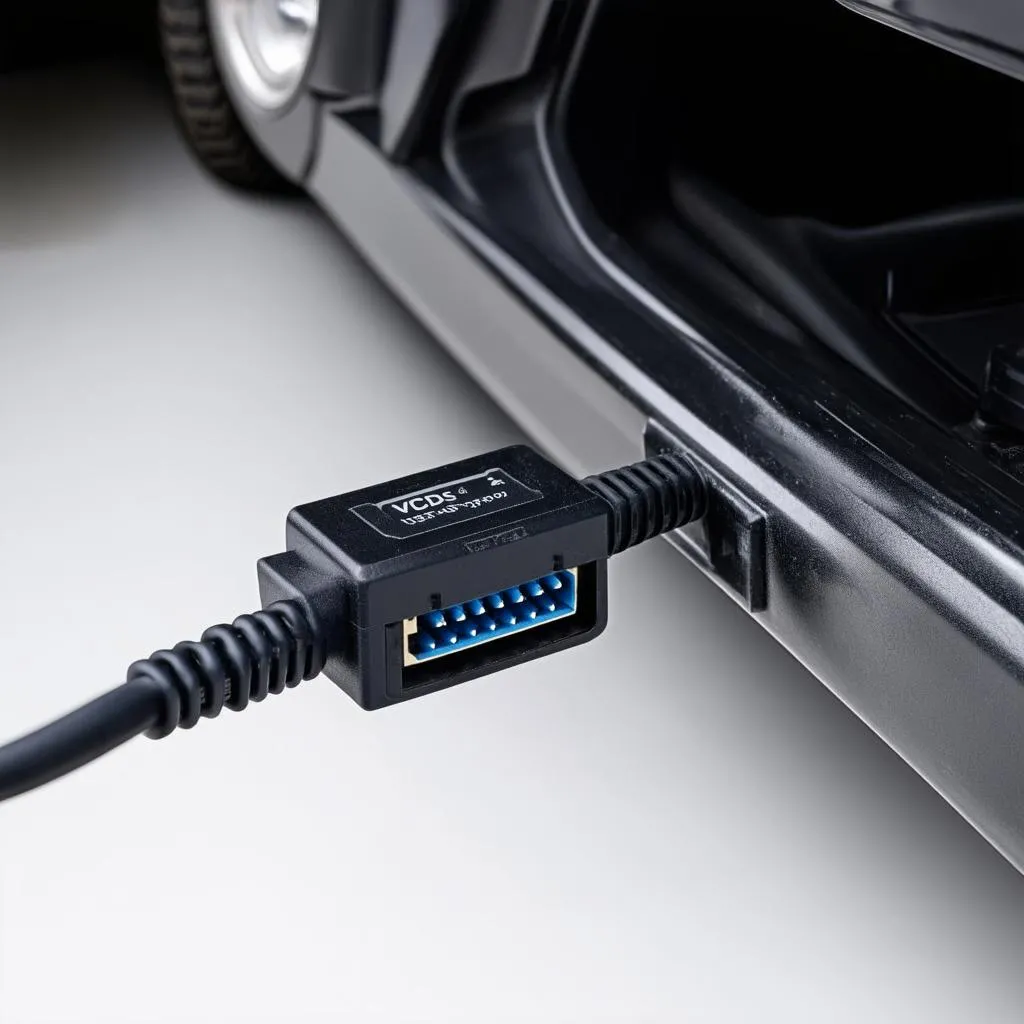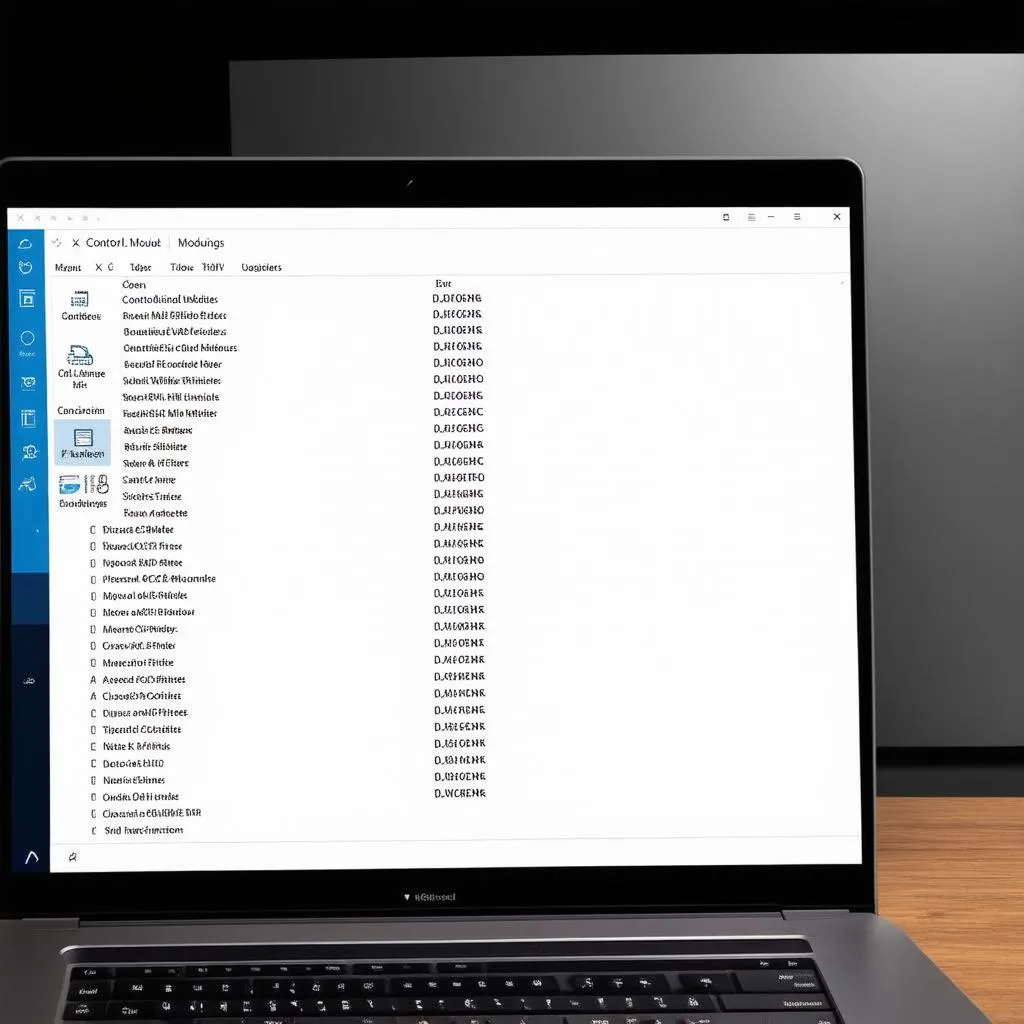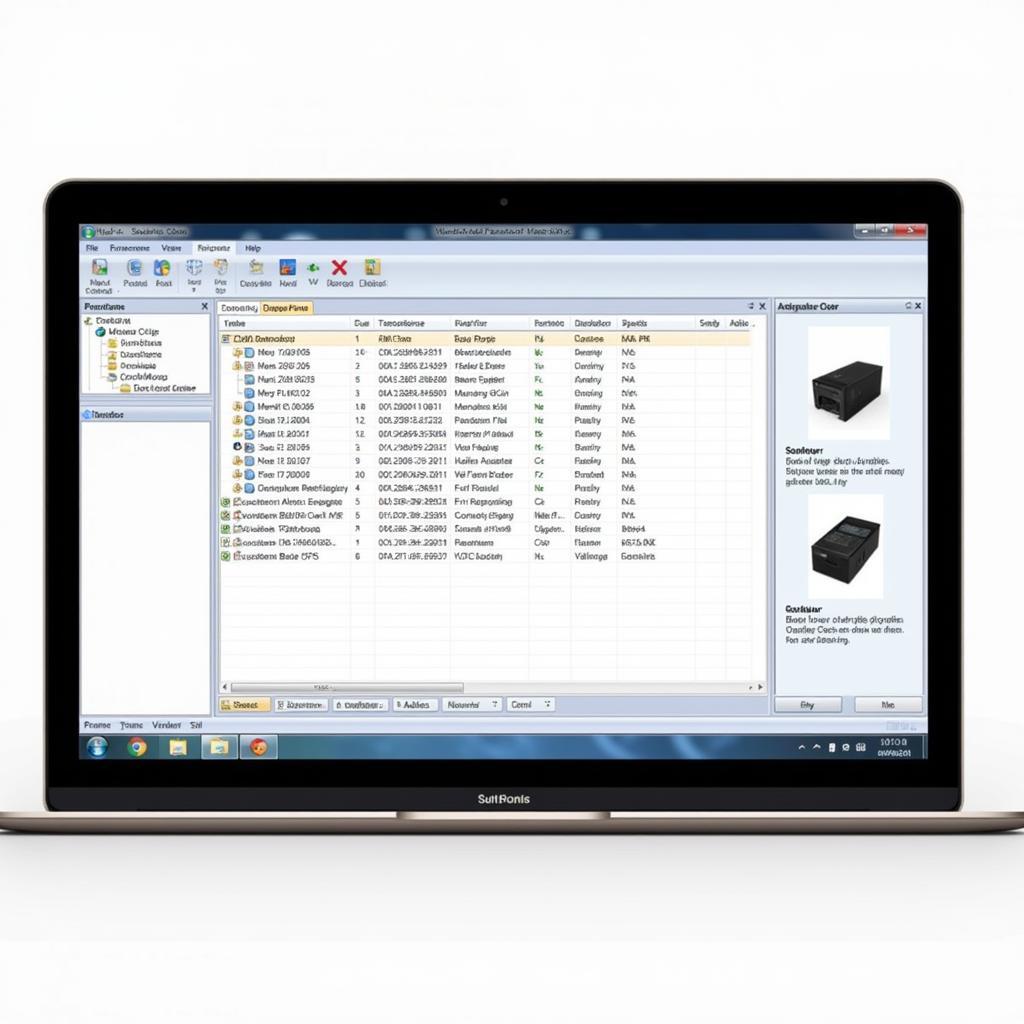VCDS, also known as VAG-COM, is a powerful diagnostic and coding software for Volkswagen Audi Group (VAG) vehicles. One of its many capabilities is VCDS LED coding, which allows you to modify the behavior of your car’s LED lights. This can include anything from enabling coming home/leaving home lights to adjusting the brightness of your daytime running lights (DRLs).
What is VCDS LED Coding?
VCDS LED coding refers to the process of changing the settings of your car’s LED lights using the VCDS software. This is done by accessing the various control modules within your car’s electrical system and adjusting the parameters that govern how the LED lights function.
Why Use VCDS LED Coding?
There are several reasons why you might want to use VCDS LED coding:
- Enable Hidden Features: Many VAG vehicles have hidden lighting features that can be enabled through VCDS coding. For example, you can often enable coming home/leaving home lights, cornering lights, or adjust the brightness of your DRLs.
- Customize Your Car’s Appearance: VCDS LED coding allows you to tailor your car’s lighting to your personal preferences. You can adjust the brightness, color temperature (in some cases), and behavior of your lights to create a unique look.
- Retrofit LED Lights: If you’ve upgraded to aftermarket LED lights, VCDS coding may be necessary to prevent error codes or flickering issues. This is because LED bulbs typically draw less power than traditional halogen bulbs, which can trigger warning lights on your dashboard.
How to Use VCDS for LED Coding
Important Note: Before attempting any coding changes, it’s crucial to back up your existing coding. This will allow you to revert to the original settings if necessary.
Here’s a general overview of the VCDS LED coding process:
- Connect Your VCDS Interface: Connect your VCDS interface cable to your computer and your car’s OBD-II port.
- Launch the VCDS Software: Open the VCDS software on your computer and establish a connection with your vehicle.
- Select the Correct Control Module: Depending on the specific coding you want to perform, you’ll need to select the relevant control module. This could be the [09 – Central Electrics], [46 – Comfort System], or another module, depending on your vehicle model and the desired modification.
- Locate the Coding Byte: Within the control module, you’ll find various coding bytes. Each byte controls a specific set of functions.
- Change the Coding Value: Modify the hexadecimal value of the relevant bits within the coding byte to activate or deactivate specific features. Refer to online resources or VCDS coding guides for your specific vehicle model to determine the correct coding values.
- Save Your Changes: Once you’ve made the desired changes, save the new coding to the control module.
Example: Enabling Coming/Leaving Home Lights on an Audi A4 (B8 Platform)
- Connect your VCDS interface and launch the software.
- Go to [09 – Central Electrics].
- Go to [Coding – 07].
- Locate Byte 17.
- Change the value to 2C to enable Coming Home lights.
- Save the coding.
Note: Coding procedures can vary significantly between different VAG models and model years. It’s essential to consult model-specific coding guides or forums for accurate information.
 VCDS Interface Connected to a Car
VCDS Interface Connected to a Car
VCDS LED Coding Resources
Finding reliable and up-to-date VCDS coding information is crucial. Here are some excellent resources:
- Ross-Tech Wiki: The official Ross-Tech wiki (the company behind VCDS) offers a wealth of information on VCDS coding, including model-specific guides.
- Online Forums: VAG enthusiast forums are excellent sources of information on VCDS coding. You can often find detailed coding tutorials and discussions on specific coding modifications.
Precautions and Considerations
While VCDS LED coding can be a great way to customize your VAG vehicle, it’s essential to proceed with caution. Here are some essential things to keep in mind:
- Back Up Your Coding: Always back up your existing coding before making any changes. This will allow you to revert to the original settings if you encounter any issues.
- Research Thoroughly: Carefully research the coding modifications you plan to make. Ensure you understand the potential implications and that the coding is compatible with your specific vehicle model and model year.
- Start with Small Changes: Begin with minor coding modifications to familiarize yourself with the process. As you gain more experience and confidence, you can explore more advanced coding options.
- Consult a Professional: If you’re unsure about any aspect of VCDS LED coding, don’t hesitate to consult a qualified automotive electrician or VAG specialist.
FAQs about VCDS LED Coding
Q: Can I damage my car with VCDS coding?
A: While the risk is minimal if you proceed with caution and follow proper procedures, incorrect coding can potentially lead to electrical issues or error codes.
Q: Do I need any special hardware for VCDS LED coding?
A: Yes, you’ll need a genuine VCDS interface cable. These cables allow communication between your computer and your car’s electronic control units (ECUs).
Q: Is VCDS LED coding legal?
A: In most jurisdictions, modifying your car’s lighting is subject to local regulations. It’s essential to ensure that any modifications you make comply with the law.
 VCDS Software Interface on a Laptop
VCDS Software Interface on a Laptop
Conclusion
VCDS LED coding is a powerful tool that allows you to unlock hidden features and customize your VAG vehicle’s lighting. By following the guidelines outlined in this guide and exercising caution, you can safely and effectively enhance your driving experience. If you’re looking for further guidance on VCDS coding or other automotive diagnostic solutions, consider exploring the resources available at Cardiagtech.

